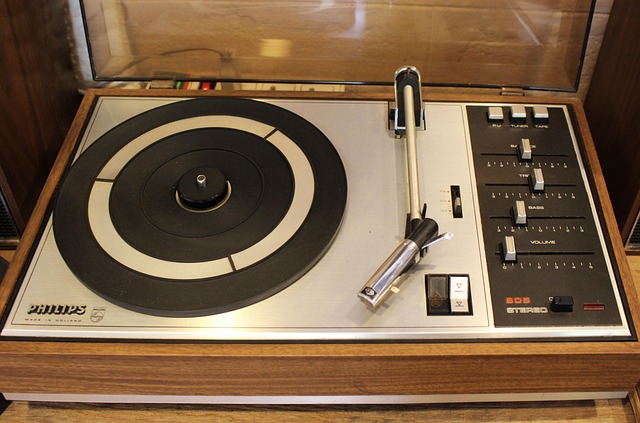When you think of a home cinema room, what comes to mind? The plush seating, the enormous screen, and of course, the incredible audio that transforms your living space into your private theater. However, one powerful yet often overlooked factor in crafting the ultimate playback experience is grouping. This concept, which extends beyond just fitting components together, entails creating a cohesive environment where audio and video work harmoniously, enhancing every moment of your cinematic journey.
The beauty of grouping lies in how it brings together various elements of your home cinema setup. Imagine a high-definition projector streaming your favorite blockbuster on a massive screen, complemented by an audio system with perfectly grouped speakers that envelop you in sound. This synergy can transport you from your living room to the heart of a bustling metropolis or the depths of outer space. When audio and video elements are thoughtfully grouped, they generate a seamless balance that captivates and engages the audience on an emotional level.
In terms of audio, grouping your speakers strategically can create an immersive soundstage that makes dialogue clear, heightens sound effects, and enriches musical scores. For example, positioning speakers at optimal angles and distances allows sound waves to interact perfectly, giving you an experience that’s truly cinematic. Grouping isn’t just limited to the placement of speakers; it also involves selecting the right types of speakers that complement each other, be it a combination of bookshelves, satellites, or subwoofers, each contributing their unique qualities to the overall sound profile.
Video, too, benefits immensely from grouping. Whether you’re using multiple screens for a panoramic view or organizing your video sources into a user-friendly layout, grouping ensures that viewers enjoy a streamlined experience. This is especially important if you’re into gaming or hosting movie nights, where quick access and switching between different formats can enhance the atmosphere. When all your video components—projectors, receivers, and even smart TVs—are neatly organized and grouped, it minimizes hassle and maximizes enjoyment.
Moreover, the power of grouping extends to the user interface as well. Think about all those remotes and apps scattered around your cinema room. By grouping controls, you develop a unified system that maximizes efficiency and enjoyment. Imagine being able to control your lighting, sound, and video sources all from one intuitive platform. You’re no longer fumbling through remotes or apps, but seamlessly transitioning from watching a movie to enjoying your favorite playlist without missing a beat.
The emotional connection we form while watching a film is often deepened through the overall execution of the playback experience. With grouping, we create atmospheres that resonate with viewers. Have you ever found yourself so involved in a movie that the outside world fades away? That’s the magic of a well-grouped home cinema room where every sound and image draws you in. Each click of the controller, each rustle of popcorn, is a part of a well-orchestrated performance that enhances your connection to the story unfolding before you.
Ultimately, whether you’re a die-hard cinephile or a casual viewer, grouping is an essential consideration in creating your ideal playback space. By understanding how to bring together audio, video, and user experience, you can unlock the true potential of your home cinema. Grouping isn’t just about physical placement; it’s about crafting moments that linger long after the credits roll. Let’s revolutionize our home cinemas, focusing not only on individual components, but on how they unite to create unforgettable experiences.




